How I discovered design
In a design support group meeting at work earlier last year, the icebreaker prompt was to “Draw something from your life that reminds you of why you became a designer. Probably the moment you asked for the first time ‘Why is it like this, not like that?’”
I love this question and haven’t stopped thinking about it since. What were the early triggers that instilled in me a curiosity for design? Let’s rewind.
Flash animation, 2004
I came across my first piece of design software at 9 years old. My dad set up Flash 5 on our family computer and encouraged me to learn. I somehow figured out how to make a simple stop motion frame animation of letters that spelled out “Happy New Year”. I loved it.
Lettering books, 2004
This was also around the time I discovered lettering. I borrowed some books from the library and studied how to draw all kinds of bubble fonts and illustrative styles with curly tails. I used letter stencils to make my posterboard presentations for school. I also printed my essays onto beautiful floral border paper that matched whatever subject or occasion I wrote about. This was the era of bedazzled flip phones and Lisa Frank notebooks. The more camp, the better.
Mother’s Day 2005. Every card was always handlettered.
Totally Spies!, 2005
I grew up watching all kinds of cartoons, but this show in particular had me in a chokehold. The visual design and aesthetic was unlike anything that has (and has since) existed. Every set was unique, futuristic, and every 10-year-old girl’s dream. The outfits never repeated. (Fun fact: the animators hired an actual fashion designer to design all the clothing in the series.) The gadgets were fun and girly but also badass. As far as I knew, Clover, Sam, and Alex lived the perfect life.
This show inspired my budding love for cartoon animation, interior design, and, most significantly, fashion. Since screenshotting your TV wasn’t a thing back in the day, I carried my drawing pad and furiously tried to draw every outfit as I watched the daily episode on Cartoon Network. This show taught me to dress, to draw, and develop a personal style that is still 70’s-inspired after all these years…just like the show.
Anyway, for a long time after my cartoon spy obsession, I wanted to work towards a career in fashion. I accumulated a binder of fashion illustration sketches, and fell in love with creating paper doll clothing with scrapbook paper. All I wanted to do was style and design outfits.
I loved their clothing so much I wanted to archive every piece in my humble sketchpad closet.
Learning photoshop, 2006
I wrote about this in my Defining Moments blog post, but like many others, Photoshop was the foundation to the start of my life in digital design. (I used a lot of bootleg software as a child.) Once I got the hang of a few basic tools on Photoshop, I was ready to start playing. I headswapped photos, liquified portraits, placed cutouts of myself into fantasy scenarios, and manipulated photos left and right. I loved how much creative control you had with the click of a mouse, and the endless amount of possibility. Suddenly I wasn’t limited by physical materials like drawing paper and the fact that I couldn’t afford to have the fancy pack of Prismacolor pencils. I had all the tools to make anything I wanted. Having the option to undo also brought me out of my cautious perfectionist tendencies to instead follow my curiosity and try things.
Flash-based websites, 2007
This was around the time Flash dominated the internet. It was the wild west. I was also at an age where I got to enjoy these wacky websites and their internet games. Web design was light-hearted, innovative, and designed to fit the theme of the content. There was a near-endless amount of odds-and-ends to click on. But alas, all good things must be gentrified, monetized, and come to an end. Rest in peace, old internet.
Buying video game consoles? Nah, we had free Flash games.
Yearbook editor duties, 2007-2008
In middle school, I worked as a yearbook editor in my Publications class. I was tasked to lay out pages for print for the first time. But because I knew my way around Photoshop, I designed a lot on there, instead of InDesign. (Even 12-year old me knew InDesign was a piece of junk.) Soon I started to learn the basics of text sizes, page bleeds, and telling stories through visuals.
Interior design catalogs and shows, 2007
Around this time I got my first glance at an IKEA catalog, and started watching the reality show Extreme Makeover: Home Edition with my family every Sunday night. I loved how the architects and interior designers on the show designed the most immaculate, impractical, but fun bedrooms for the children of the families based on their varying hobbies. I was suddenly obsessed with the idea of designing rooms and living spaces, and embarked on my first passion project to design my dream home. It was cylinder-shaped, made of glass, and half submerged in the ocean. That way, the lower floor would have aquarium views, while the upper floor would allow me to drive out of my house back onto land. I drew up floor plans that included a candy shop, walk-in closet, and home theater. I also designed my bedroom, which had a build-in magic microwave that could generate whatever food I wanted. It’s a shame we haven’t been able to make such brilliant technology a reality yet.
Scrapbook Factory Deluxe, 2008
I spent a lot of time tinkering and manipulating things on Photoshop, but Scrapbook Factory was my earliest graphic design tool. (My parents actually bought me this one, from Costco.) With this software, I could actually design things from complete scratch using the myriad of graphic elements provided in the system: patterned backgrounds, photo corners, thousands of fonts, and all kinds of arts-and-craft embellishments. Having Scrapbook Factory allowed me to start creating consistently. I’d make scrapbook pages of family outings, holidays, and random album art, customized with all kinds of text and scraps. And since we didn’t have a color printer, I never printed out any of my finished projects, but I was okay with that. I had embraced my medium as a digital designer.
My very first design software.
Tumblr, 2011
When social media came around, I lingered on the creative side of the internet. My internet life moved to Tumblr, where I not only enjoyed all kinds of niche content, but played around with building my personal site. I incorporated custom widgets into my site with custom CSS (music player and cursor sparkle galore) and fell in love with making a website — a home to showcase all my favorite things.
I made my first portfolio site (it’s still live!) and fell in love with website-building.
My very first portfolio website, created on Tumblr. Yes, you bet I added cursor sparkles to everything.
My first design gig, 2012
Upon graduating high school, a friend called me to design a menu for her family’s new cafe, for pay! I booted up my trusty Scrapbook Factory, and designed a 10-page menu to print at my local Costco Photo Center. I even shot all the photos of noodles and iced drinks myself. Seeing how little design knowledge I had back in the day, I’m still pretty proud of that project. And the fact that somebody was willing to pay me to do it? Could this be my job?
“The thing you do obsessively between age 13 and 18, that’s the thing you have the most chance of being world-class at.”
Looking back, these early inspirations were crucial in kickstarting childhood hobbies which served as the foundation to my career in design and identity as an artist.
I love digital media
Ever since I learned Photoshop, I could never shoot film again because digital photos were much easier to edit. And ever since I discovered the Wacom tablet and Apple Pencil, I never picked up a physical pencil or paintbrush again. I love the digital format because of how quickly you can build, make mistakes, and try again. Most of all, I appreciate that anyone with access to a computer could build whatever they want in the digital space, which is becoming just as real as the physical space.
The ability to share work with the broader audience on the internet has completely transformed our work as creatives. In my mind, the very definition of art has changed into something that can be shared, consumed, and sometimes even mass-produced. Putting things out for the world to see pushes you to innovate. It challenges me to create art that is complete enough to be shared, good enough to capture others’ attention, and different enough that I can claim it as my own.
Even though I’m not traditionally trained as a designer (what is a color wheel?), don’t know much art history (Bauhaus gave us boring concrete buildings for all I know), nor do I design “properly” (what are grids for?), I love software. I love the way it shapes the way we think and perceive the world. We continuously innovate, build, experiment, tell stories, and influence people in countless ways. Software and the internet help us do more, be more, know more, and make more.
Ultimately, design is design is design. Whether it’s digital interfaces, fashion, home interiors, buildings, landscapes, graphics, print, or animation, being a designer is being intentional about the way things are arranged, its functionality, and the emotional response it elicits in those using it. Even though my job title revolves around a certain medium, I choose to believe I can design anything.
I recently found an old notebook entry 10-year-old me would’ve been embarrassed to share. But damn, she was spot on.
I’m still learning
More recently, I’ve been learning HTML/CSS concepts through Webflow and feeling like finally everything in the (internet) world is making sense. Learning how to build div blocks and getting frustrated at CSS helps me become more creative and push the limits of what’s possible. I get to play with type, imagery, and motion to tell an interactive and interesting multimedia story.
As a product designer, I’m also constantly studying business and building my understanding of the larger market and competitive landscape. Bringing business context into design reviews builds trust in decisions we’re making. As a designer, I want to push myself and my team to put thought and intentionality in the development of our products.
There are so many new tools and skills I have yet to learn, but reflecting back on how it all began helps ground me in my work. Through the ups and downs of my windy career journey, I love that I ended up a designer. Here’s to exploring original ideas, designing a better internet, and bringing fun (and funk) back into our design work.
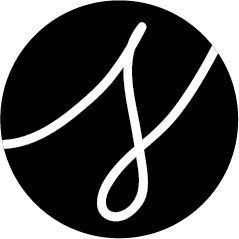






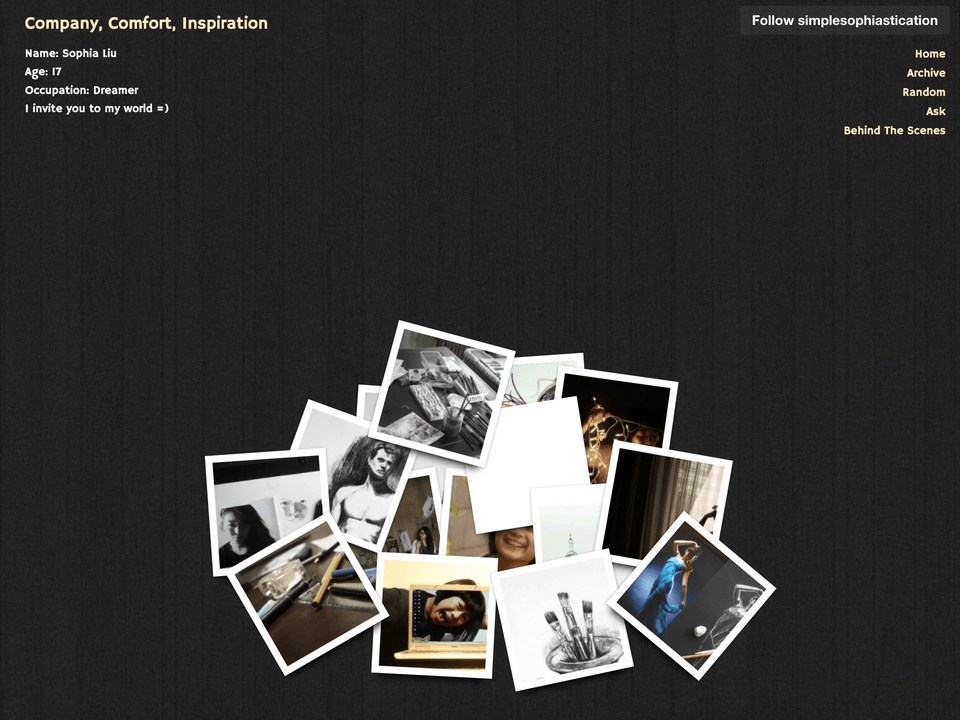







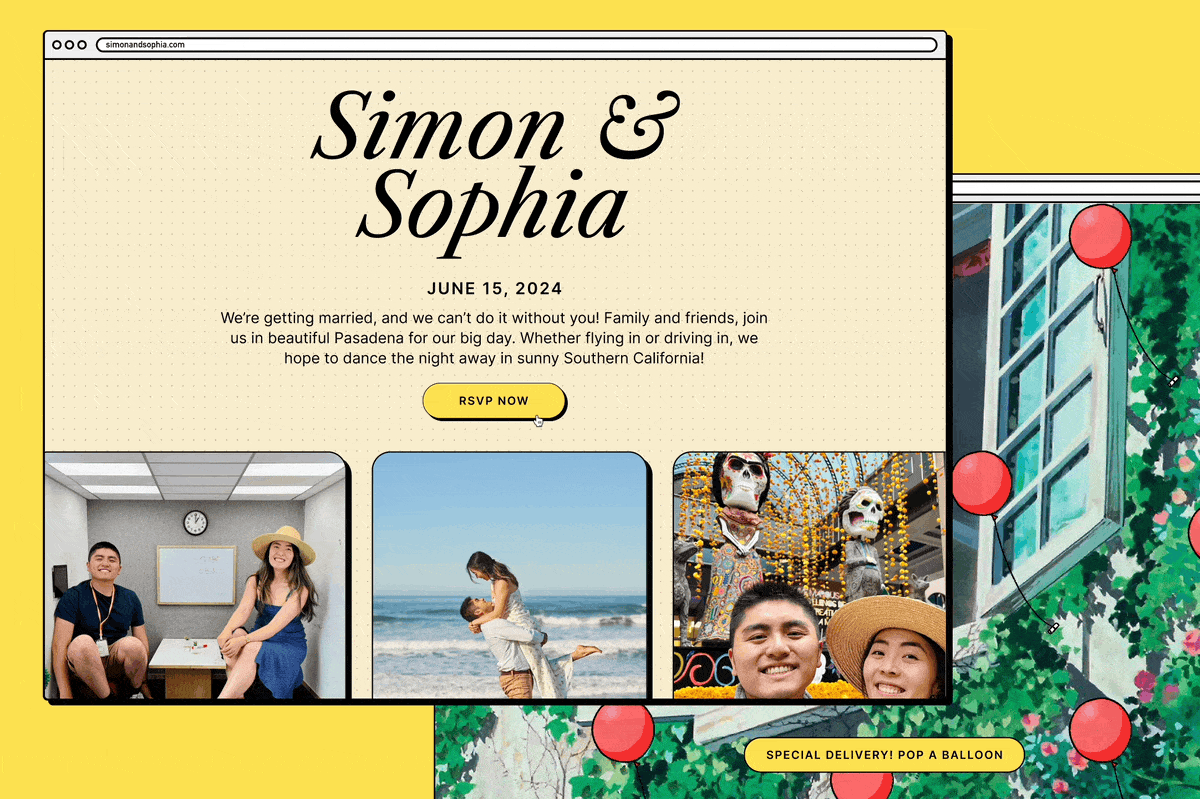









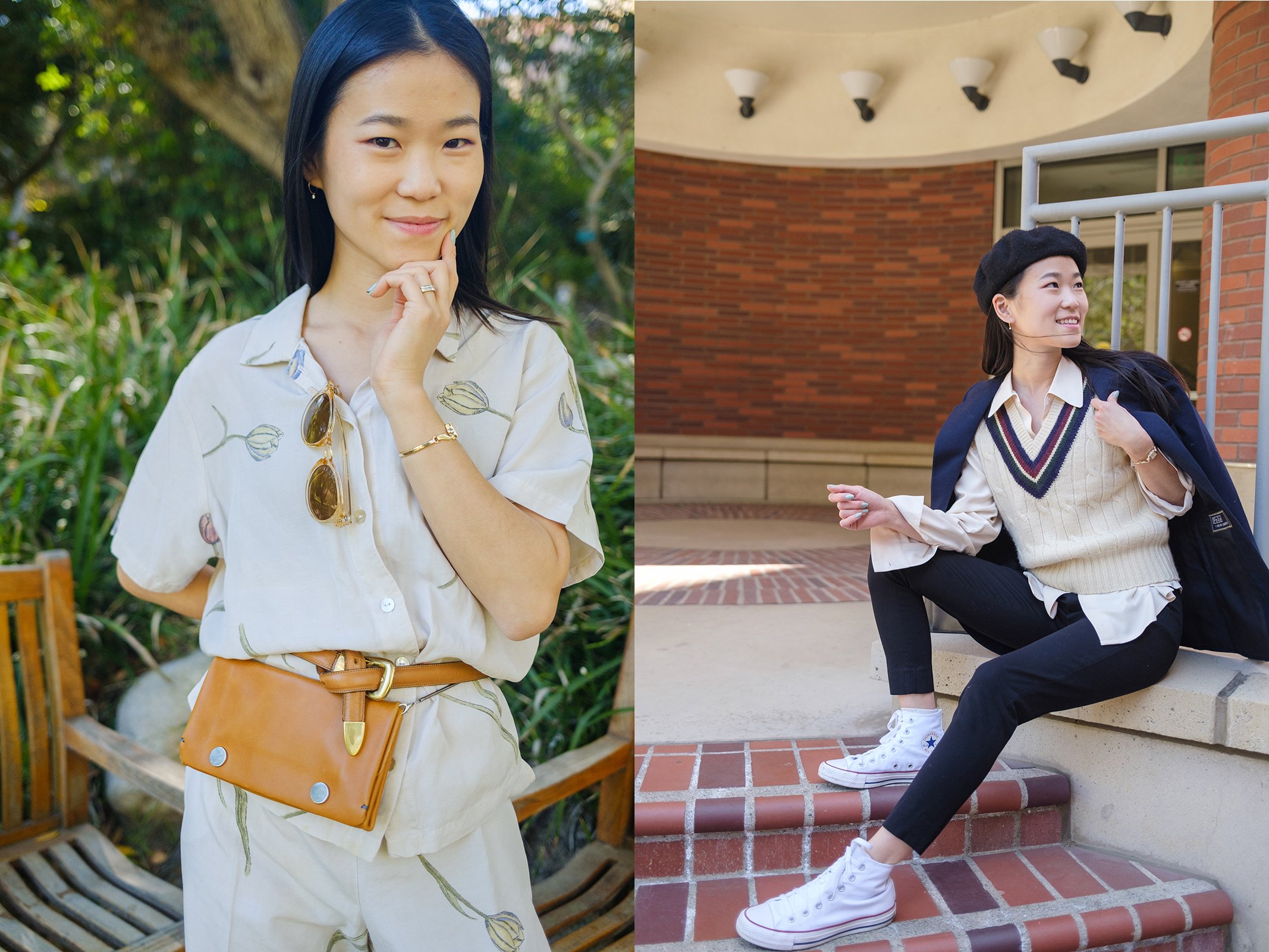











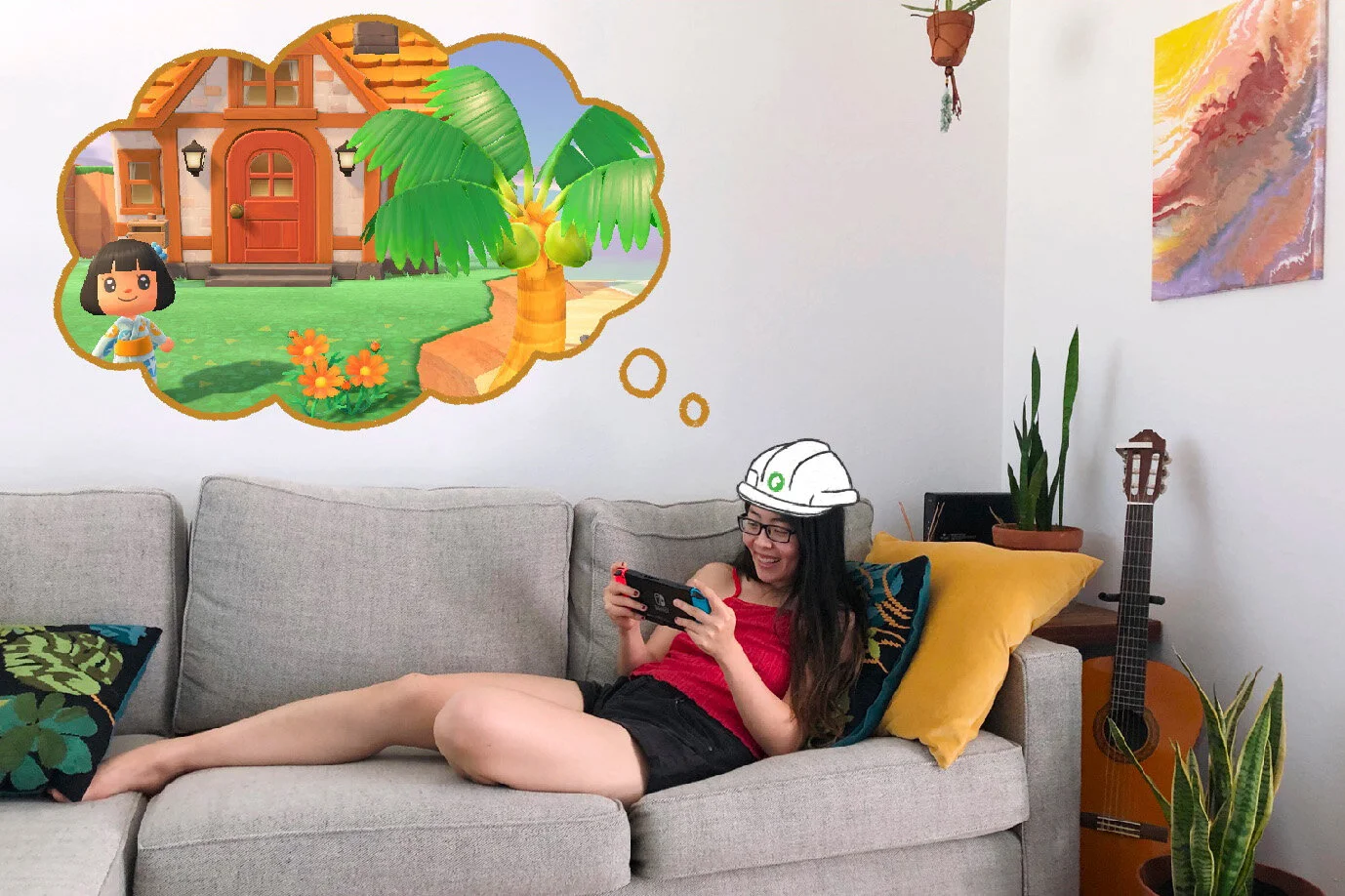

A documentation of my 4-year-long interior design process, and a lesson in slow decorating.